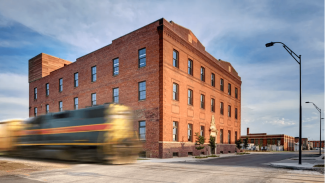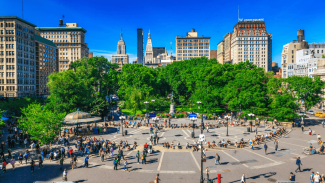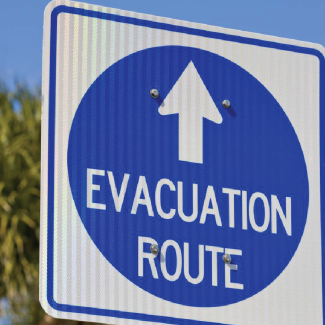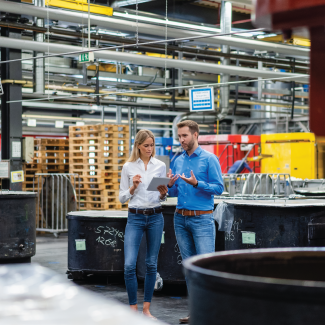Driven by climate action, powered by equity
AIA is transforming how the architecture profession and the AEC industry design for climate, people, and communities. Our members are leading the way, acting as a force multiplier for sustainable, resilient, equitable communities around the world.

Buildings contribute 40% of the world’s carbon emissions.
Human activity is warming our climate to dangerous levels, and carbon is the primary culprit. Buildings contribute about 40% of that carbon. The harm that results affects us all but doesn’t impact us equally. As authors of that environment, architects, design professionals, and the entire AEC industry play a crucial role in addressing and mitigating the damage.
AIA is leading the way for bold change by providing tools, knowledge, research, and authoritative, science-based resources that aim to change how we design and build now.
Together, let’s show the world what good design can do.

Designing resilient cities & communities
As the effects of climate change become more urgent, designing for resilience is key. AIA’s resilience initiative offers cutting-edge resources, best practices, and education to design resilient communities that recover from disasters like extreme weather and population growth and adapt to changing conditions.

Designing for zero carbon
It’s no longer enough to reduce emissions to achieve the targets set by the Paris Agreement. AIA’s zero-carbon initiative includes resources, research, and tools like the AIA 2030 Commitment to make carbon neutrality a reality.

Designing healthier built environments
Evidence shows that materials and designed spaces have a profound impact on our health. AIA’s health initiative aims to improve health outcomes, combat chronic disease, and create individual and community well-being through university-led research, science-backed design strategies, materials selection, and more.

Designing for equity
Designing for equity is one of AIA’s ten measures of good design in the 21st century. As part of the AIA Framework for Design Excellence, it challenges all of us with a vision of what our profession strives to achieve. Explore curated AIA resources for architects and design professionals to design equitable communities.

Climate justice in architecture

ROI of high-performance design



